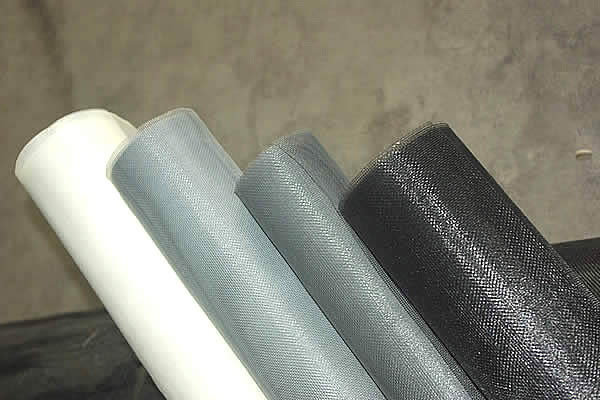 TEL:
+86-13102802206
TEL:
+86-13102802206
 Email:
fencenetting@china.com
Email:
fencenetting@china.com
 Language
Language
 TEL:
+86-13102802206
TEL:
+86-13102802206
 Email:
fencenetting@china.com
Email:
fencenetting@china.com
 Language
Language


The Ultimate Guide to Installing a Chain Link Fence
When it comes to fencing options, chain link fences provide a practical and cost-effective solution for homeowners and businesses alike. They offer durability, visibility, and a variety of design possibilities. Installing a chain link fence can seem daunting, but with the right approach, tools, and preparation, you can have a secure and attractive boundary for your property.
Step 1 Planning and Preparation
Before you begin the installation, it’s crucial to plan your fence layout carefully. Start by measuring the area where you intend to install the fence. Use stakes and string to outline the perimeter, ensuring that you consider any slopes or obstacles such as trees, buildings, or existing structures.
Check with your local zoning office to understand the regulations or permits required for fence installation in your area. Some municipalities have restrictions on fence height or require specific materials.
Step 2 Gathering Materials and Tools
Once you have a design and layout, you’ll need to gather the necessary materials and tools for the installation. Here’s a basic list of what you will need
Materials - Chain link fabric (the mesh part) - Fence posts (terminal posts for corners and ends, line posts for spacing) - Top rail (to provide stability) - Tie wires and tension bands - Gates (if needed) - Concrete (for securing posts) - Fabric sleeves (optional, for aesthetics)
Tools - Post hole digger or auger - Level - Tape measure - Wrench - Wire cutters - Safety goggles and gloves
Step 3 Installing Fence Posts
Begin by installing the corner and terminal posts first. Use the post hole digger to create holes approximately 2-3 feet deep, depending on your local frost line and the height of the fence. Space line posts approximately 10 feet apart.
Once the holes are dug, place the posts in the holes, ensuring they are vertical using a level. Fill the holes with concrete for stability, allowing it to set according to the manufacturer's instructions. This usually takes about 24-48 hours, so plan accordingly.

Step 4 Attaching the Chain Link Fabric
After your posts are set, it’s time to install the chain link fabric. Start at one end of the fence and unroll the chain link mesh along the length of the fence, securing it to the terminal posts with tension bands. Use the tie wires to attach the fabric to the line posts.
Make sure to keep the chain link taut as you unroll it. A loose fabric can sag over time and ruin the aesthetics of your fence. To maintain tension, you may need a partner to help hold it in place.
Step 5 Installing the Top Rail
Once the fabric is attached, install the top rail. This will run along the top of the fence, connecting the terminal posts and providing additional support to the chain link. Use connector sleeves if you have long sections of rail to ensure they are secure.
Step 6 Finishing Touches
Now that your fence structure is complete, it’s time for the finishing touches. You can add gate hardware if you’re installing gates, ensuring they swing freely and securely.
Finally, inspect the entire fence for any loose areas or missing components—make adjustments as needed. Some homeowners choose to paint or coat their chain link fence for an enhanced aesthetic or additional protection against the elements.
Maintenance Tips
Chain link fences are known for their durability; however, they do require some maintenance. Regularly check for rust or damage, especially if you live in an area with extreme weather conditions. A quick wash with soapy water can help prevent buildup, and a fresh coat of paint or sealant can prolong the life of your fence.
Conclusion
Installing a chain link fence can be a rewarding DIY project that enhances the safety and functionality of your property. By carefully planning and following the steps outlined above, you can achieve a professional-looking fence that will last for years to come. Investing time in the installation process pays off, providing you with a sturdy barrier that meets your needs. Whether for privacy, security, or aesthetics, a chain link fence can be a valuable addition to any property.